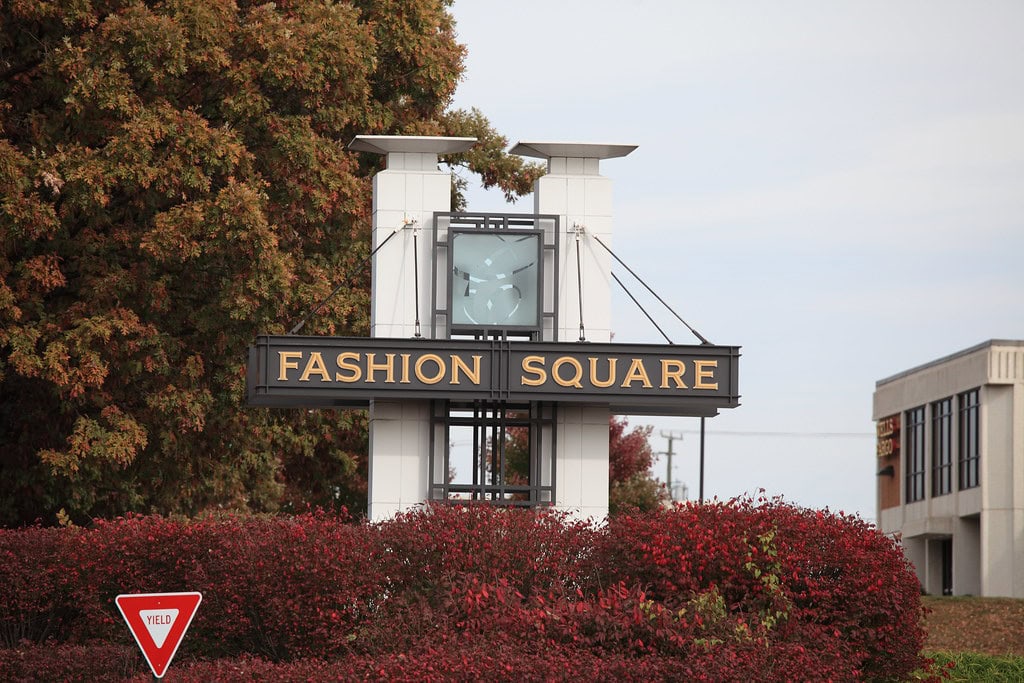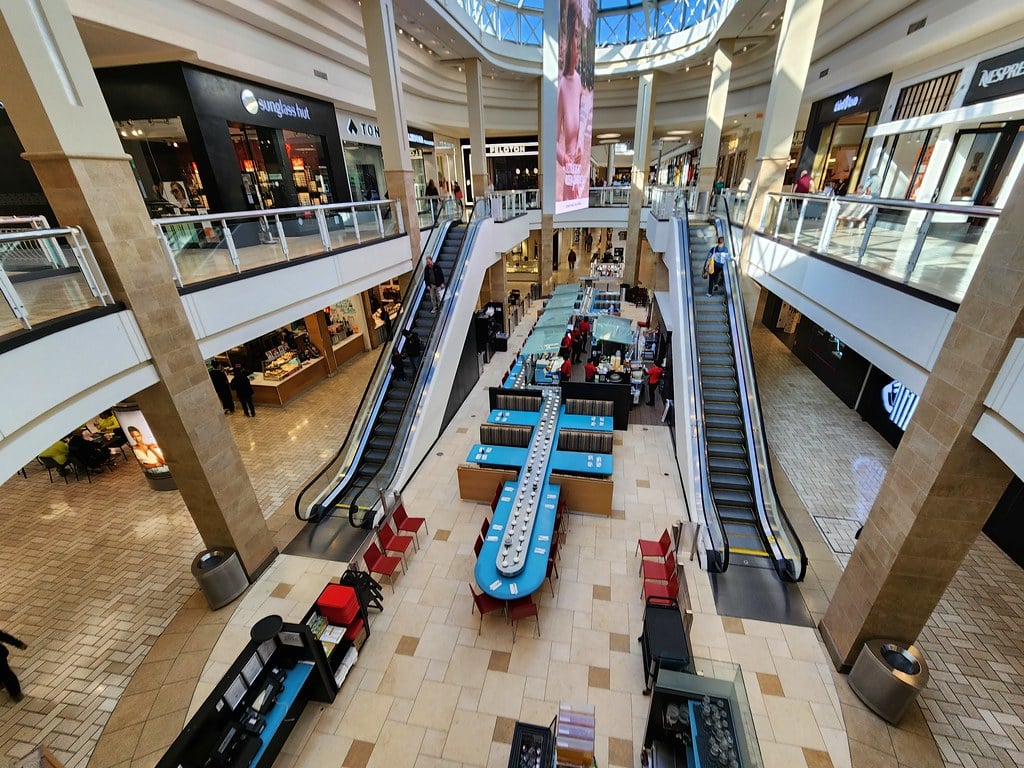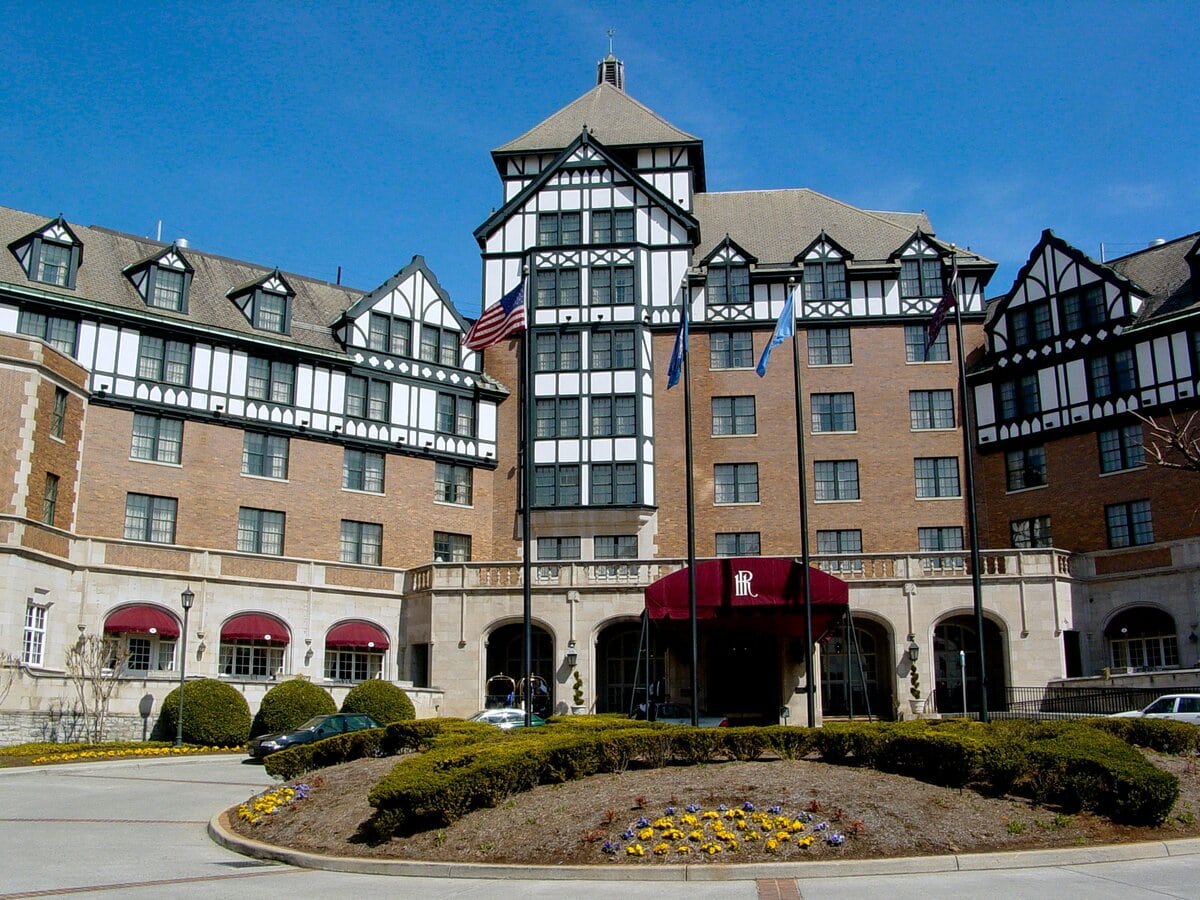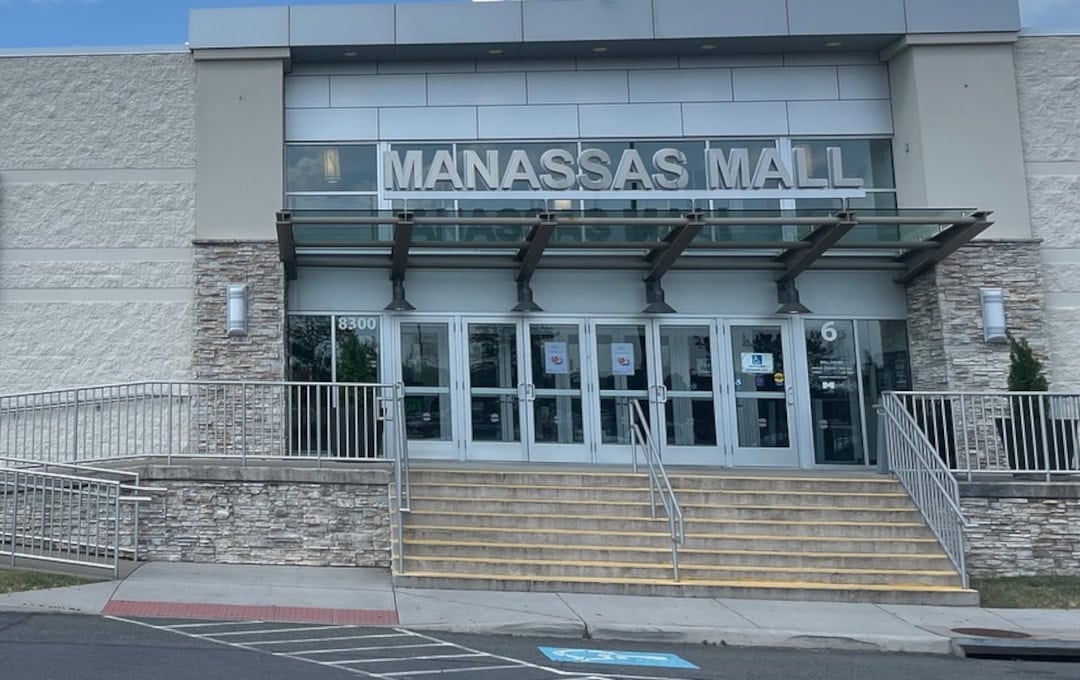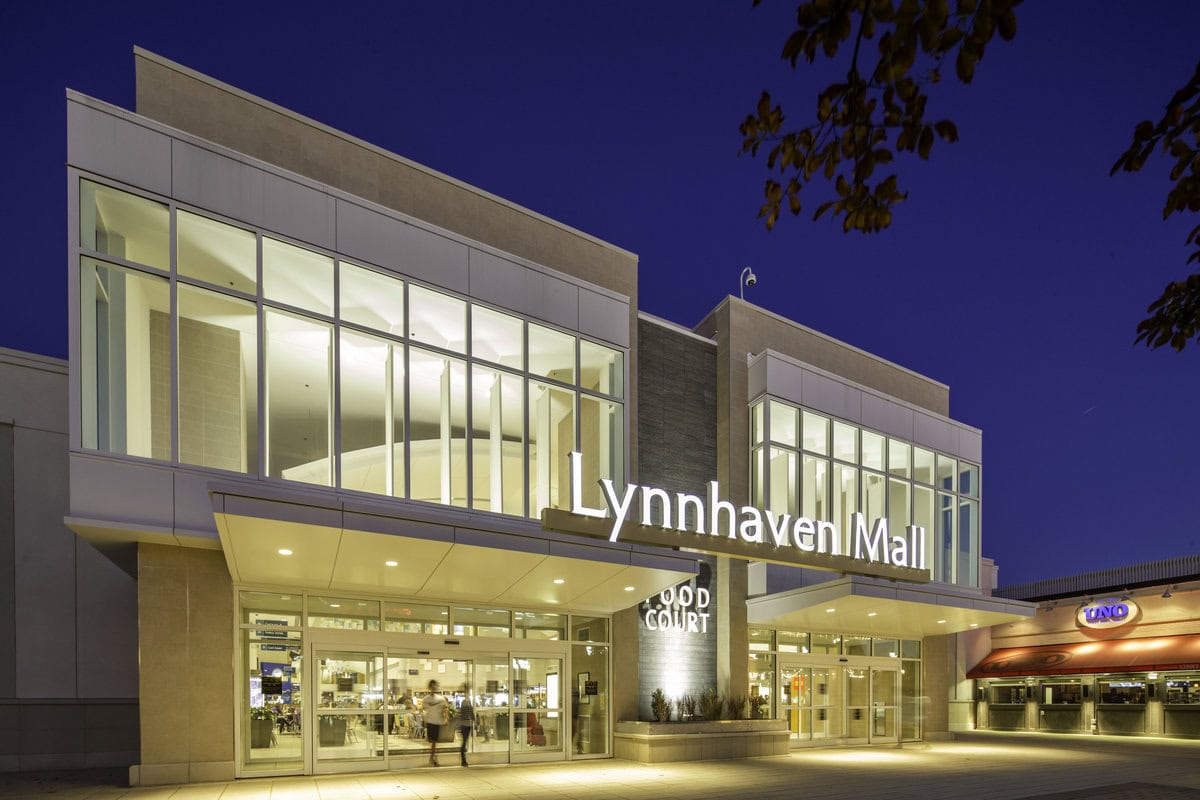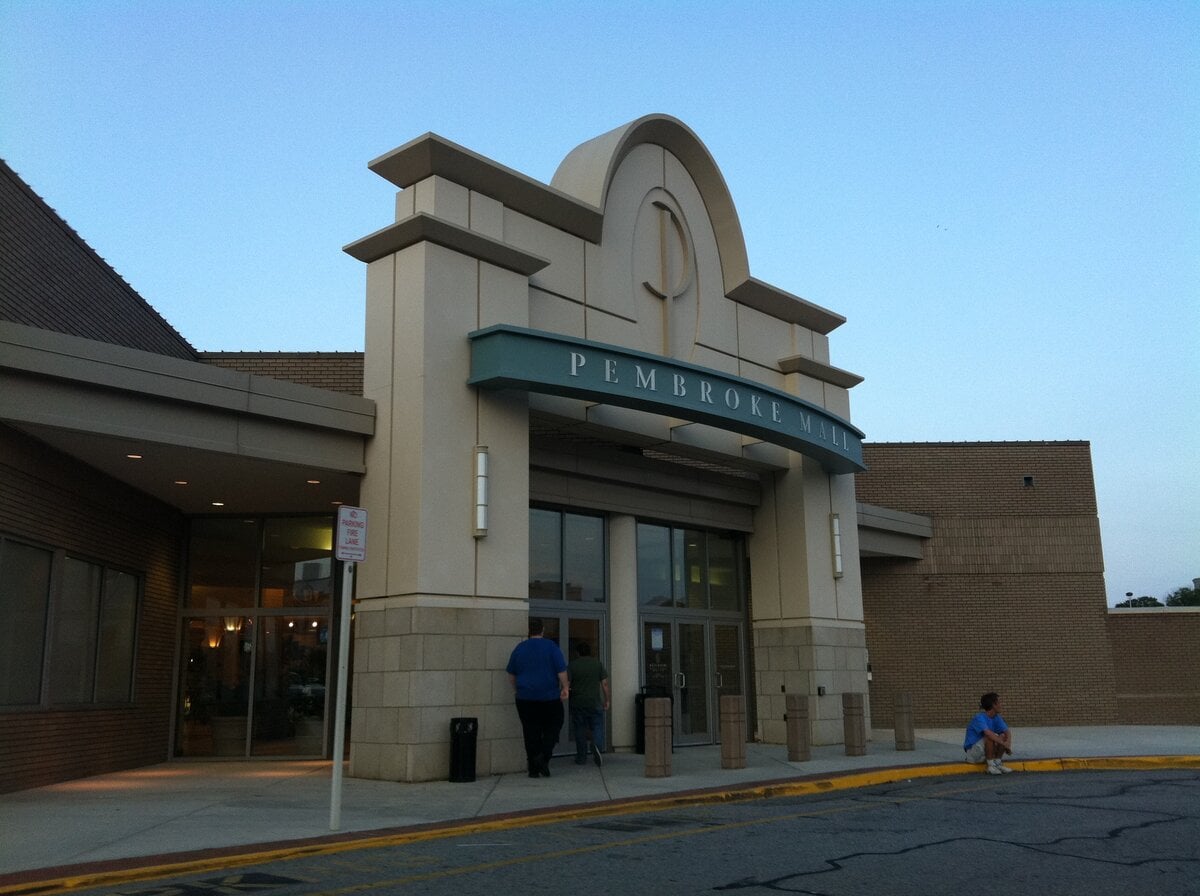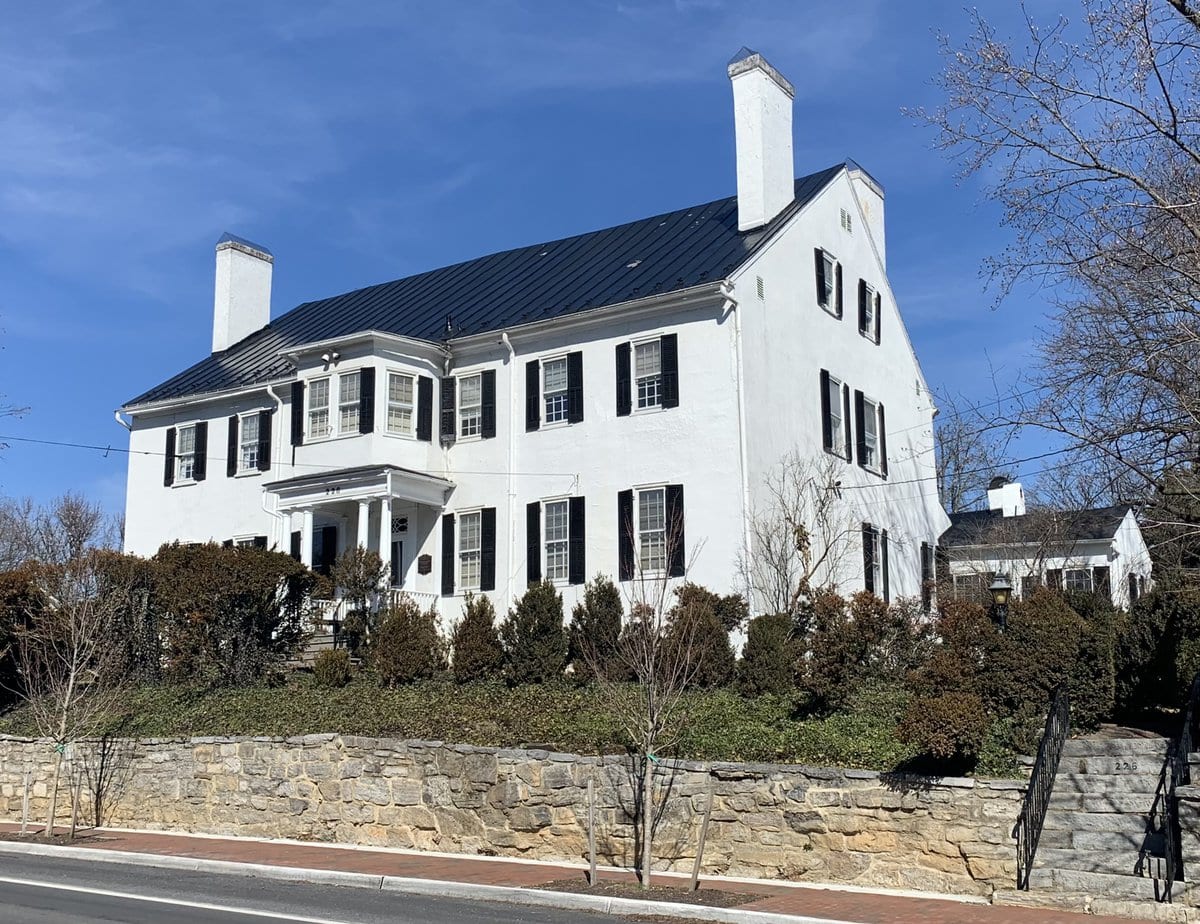Hampton, Virginia, isn't a city that waits for the headlines to catch up.
In this list, twelve facts surface: from the oldest continuously inhabited English settlement in America to the classroom legacy of Syms-Eaton Academy, where free public education began before the nation had a name for it.
One takes you back to the moment the first Africans set foot at Old Point Comfort. Another still moves, a 1920s carousel, hand-carved and restored, standing where summer crowds once gathered.
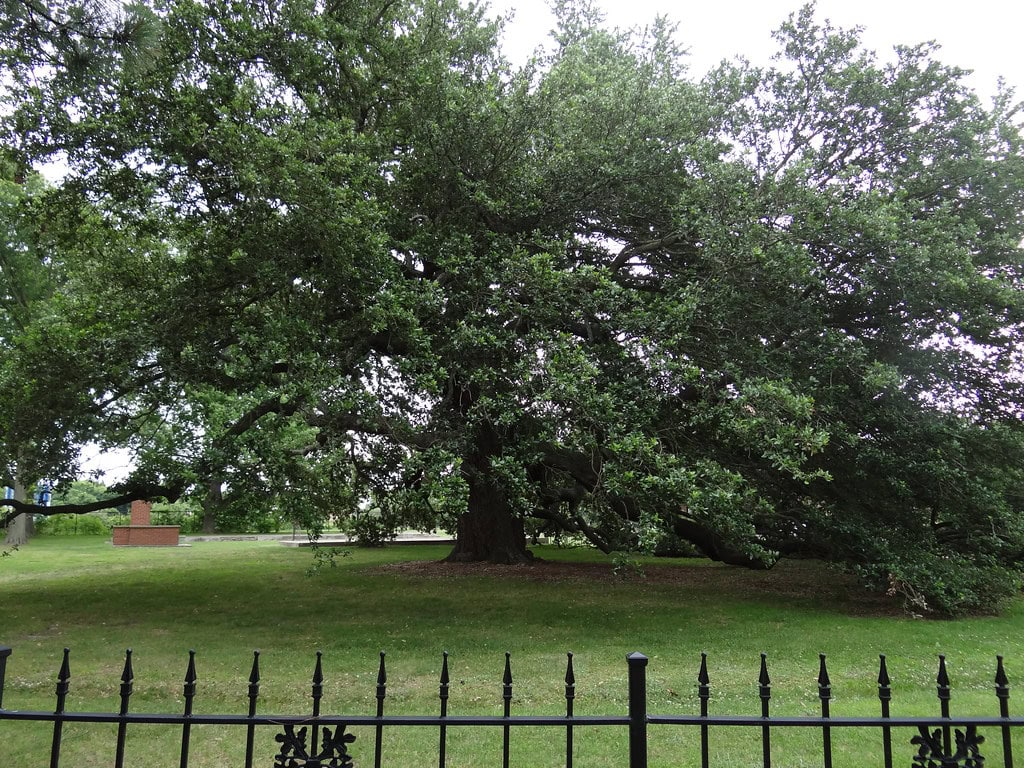
Some stories are built in brick, like Aberdeen Gardens; others are mapped in the names of Mercury astronauts.
There's a tree that heard the Emancipation Proclamation read aloud, and a chapel raised by students who built more than just walls.
Read through all twelve, or search for the one that lingers.
Hampton is the oldest continuously occupied English settlement in the United States
Hampton, Virginia, has been inhabited without interruption since 1610. It was originally established as part of the Jamestown colony's expansion.
It remained populated even as Jamestown itself was abandoned in the late 1600s.
Unlike other early English settlements, which were either relocated or destroyed, Hampton maintained a civilian presence through centuries of wars, shifts in colonial governance, and the development of the United States.
The city's continuous habitation makes it the oldest English-founded community in the country that has never been abandoned.
Its early structures, layout, and geography tie directly back to its role as a critical port town at the mouth of the Chesapeake Bay, near Old Point Comfort.
America's first free public school was founded in Hampton in 1634
In February 1634, Benjamin Syms left a bequest of land, livestock, and funds to establish a tuition-free school for children in what is now Hampton, Virginia.
This trust-funded school was overseen by the local parish and offered instruction without charging fees, predating formal government-run public schools by more than a century.
In 1659, Thomas Eaton made a similar endowment for another free school nearby.
The two schools eventually merged in 1805 to form Hampton Academy, later renamed Syms-Eaton Academy.
Although the original buildings were destroyed during the Civil War, the institution's legacy continued and eventually evolved into Hampton High School.
Historical markers in Hampton trace this lineage, distinguishing the school from fee-based colonial academies like Boston Latin.
Hampton's Emancipation Oak was the site of the South's first public reading of the Emancipation Proclamation
A massive live oak tree on the campus of Hampton University is known as the Emancipation Oak.
In 1863, under that tree, formerly enslaved people gathered to hear the Emancipation Proclamation read aloud publicly for the first time in the South.
Educator Mary S. Peake had already been teaching Black children under the same tree before the reading.
The tree became a local symbol of Black literacy and liberation during the Civil War and afterward.
Today, it remains on the university grounds. It is recognized by the Department of the Interior as one of the 10 Great Trees of the World.
Aberdeen Gardens was a federally funded neighborhood built by and for African Americans during the New Deal
Aberdeen Gardens in Hampton was established in 1934 as a model housing community for Black working-class families.
It was the only New Deal-era Resettlement Administration project in Virginia specifically designed for African Americans.
It was one of only a few nationwide. The homes were constructed by Black workers and designed by Black architect Hilyard R. Robinson.
The neighborhood included 158 brick homes, a school, and community buildings. Residents were selected based on income and family size.
The street names honored prominent African Americans, and two of the original homes have since been turned into a small museum.
The area is still residential today, preserving its 1930s layout and housing stock.
Hampton has a fully restored 1920s wooden carousel from a demolished amusement park
The Hampton Carousel, originally built in 1920 by the Philadelphia Toboggan Company, was part of Buckroe Beach Amusement Park until the park closed in 1985.
Before demolition, the carousel was dismantled and restored.
Each of its 48 hand-carved wooden horses, along with two chariots and decorative panels, was refurbished by artists in Pennsylvania.
The original 1914 Bruder band organ was also saved.
It now stands inside a pavilion near the Virginia Air & Space Science Center in downtown Hampton.
Visitors can still ride it seasonally, making it one of the few surviving carousels of its kind still in public operation.
Langley Research Center helped train the first American astronauts in the Mercury program
NASA's Langley Research Center, located in Hampton, played a foundational role in early American spaceflight.
Established in 1917 as the nation's first civilian aeronautics laboratory, Langley became a key site for astronaut training in the 1950s and early 1960s.
It hosted research on reentry physics, flight simulation, and capsule testing for Project Mercury.
The center also supported the early careers of Katherine Johnson, Mary Jackson, and Dorothy Vaughan, mathematicians who contributed to orbital calculations and engineering work.
Much of this work was dramatized in the 2016 film Hidden Figures. Langley still operates today as one of NASA's primary research facilities.
Hampton has sister city ties to four cities across three continents
Hampton has established sister city relationships with Southampton (England), Vendôme (France), Pietermaritzburg (South Africa), and Anyang (South Korea).
The oldest of these relationships is with Southampton, reflecting the shared naming heritage linked to the 3rd Earl of Southampton, for whom the Virginia city was named.
These partnerships promote educational exchanges, cultural programs, and municipal cooperation.
Hampton students have traveled to sister cities as part of language and history programs.
Cultural events in Hampton occasionally feature contributions or visits from these cities.
The agreements were coordinated through Sister Cities International, which helps municipalities form cross-border affiliations.
Fort Monroe is the largest stone fort ever built in the United States
Fort Monroe, constructed between 1819 and 1834, is the largest stone fortification in the United States.
Located at Old Point Comfort in Hampton, it covers 63 acres and includes a moat, numerous bastions, and hundreds of casemates.
Its strategic location at the entrance to the Chesapeake Bay made it vital for coastal defense.
It remained in military use until 2011, serving as headquarters, housing, and artillery training grounds.
Fort Monroe also housed Jefferson Davis for two years after the Civil War.
Now designated a National Monument, it contains museums, historic homes, and public waterfront spaces, and it's open year-round.
Hampton's Grand Contraband Camp was the first organized African American refugee settlement
During the Civil War, enslaved people fleeing Confederate territory began arriving at Union-held Fort Monroe in Hampton.
By 1861, these refugees formed what came to be called the Grand Contraband Camp.
Union General Benjamin Butler had declared that escaping slaves would not be returned to Confederate owners, allowing many to remain under federal protection.
The camp grew quickly, with its own churches, schools, housing, and shops, effectively forming the first self-contained African American town in the U.S. after the start of the war.
Some modern Hampton neighborhoods trace their origins to the layout and population of that wartime settlement.
Several major roads and bridges in Hampton are named after Mercury astronauts who trained nearby
Hampton's Mercury Boulevard and surrounding roads reflect the city's historical ties to the early U.S. space program.
Streets were named after the original seven Mercury astronauts, whose training was centered at NASA's Langley Research Center in Hampton.
Names like Shepard Street, Glenn Road, and Carpenter Drive can be found near Langley and adjacent neighborhoods.
This naming convention emerged in the 1960s as public interest in spaceflight grew.
These street names still mark the area's connection to the foundational era of U.S. crewed space missions.
Hampton University students built the Little England Chapel in the 1870s
The Little England Chapel was built in 1879 by students of what was then the Hampton Normal and Agricultural Institute, now Hampton University.
Originally serving as a Sunday school and place of worship for Black residents in the Newtown community, the building was funded and constructed entirely by student labor.
It used simple wood-frame construction with decorative Gothic-style windows. The chapel later housed community gatherings and educational activities.
Though small in size, it has been preserved as a museum and is listed on the Virginia Landmarks Register.
Its survival makes it the only known building in Virginia built entirely by formerly enslaved students.
The first Africans in English North America arrived at Old Point Comfort in 1619
In August 1619, a privateer ship called the White Lion arrived at Point Comfort, near present-day Hampton, with approximately 20 Africans who had been seized from a Portuguese slave ship.
These individuals were traded for provisions and became the first recorded Africans brought to English-controlled North America.
The landing site is now located within the boundaries of Fort Monroe.
Though the details of their status varied, they were eventually treated as enslaved, marking the beginning of a long and violent system of chattel slavery in the colonies.
The National Park Service has documented this location as a historically confirmed point of arrival.


